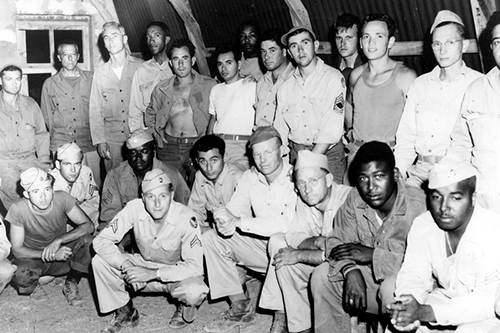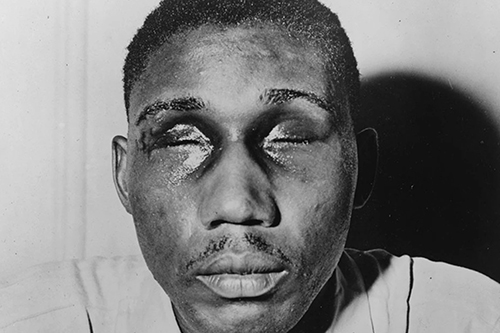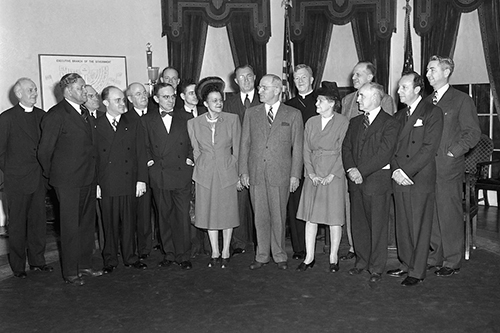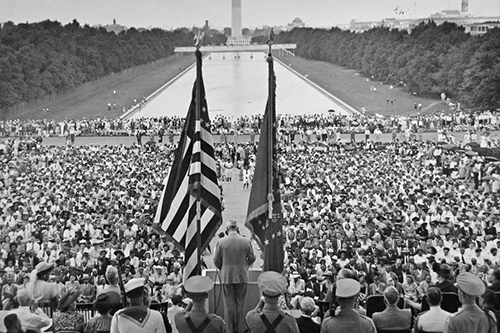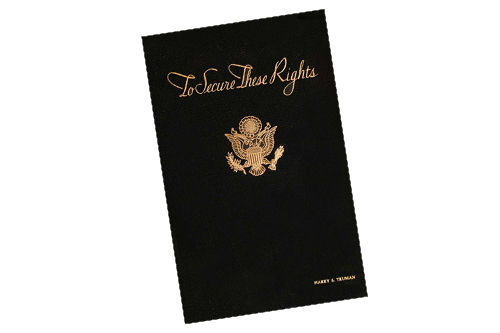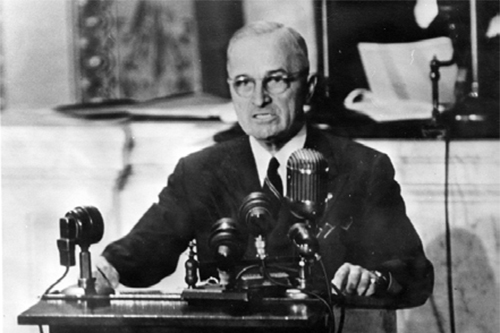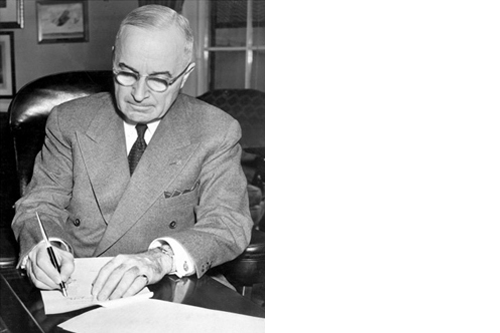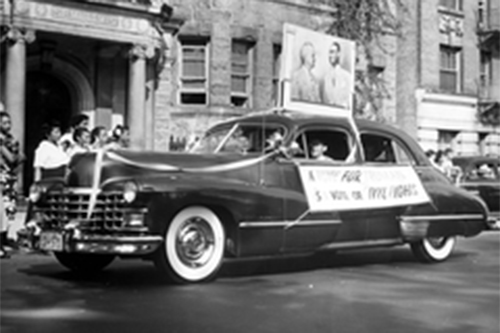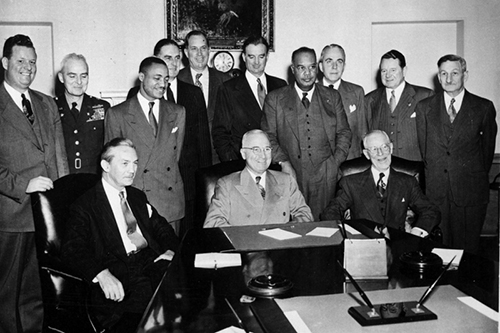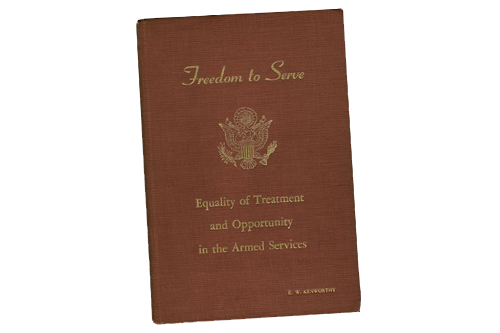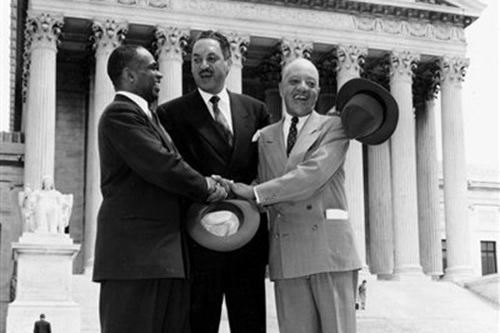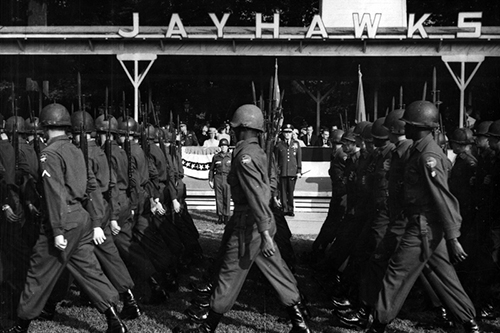Interactive Civil Rights Timeline: 1945-1954
In response to brutal attacks against Black WWII veterans in 1946, President Harry S. Truman created a first-of-its-kind Committee on Civil Rights, endorsed their landmark report, adopted their recommendations and campaigned on a civil rights platform, and ultimately desegregated the military and federal workforce through executive order. When America desperately needed a leader to advance its promise of freedom, President Truman stepped forward. His courageous leadership in the 1940s paved the way for civil rights reform in the 1960s, and stands today as model for fulfilling dreams yet deferred.


